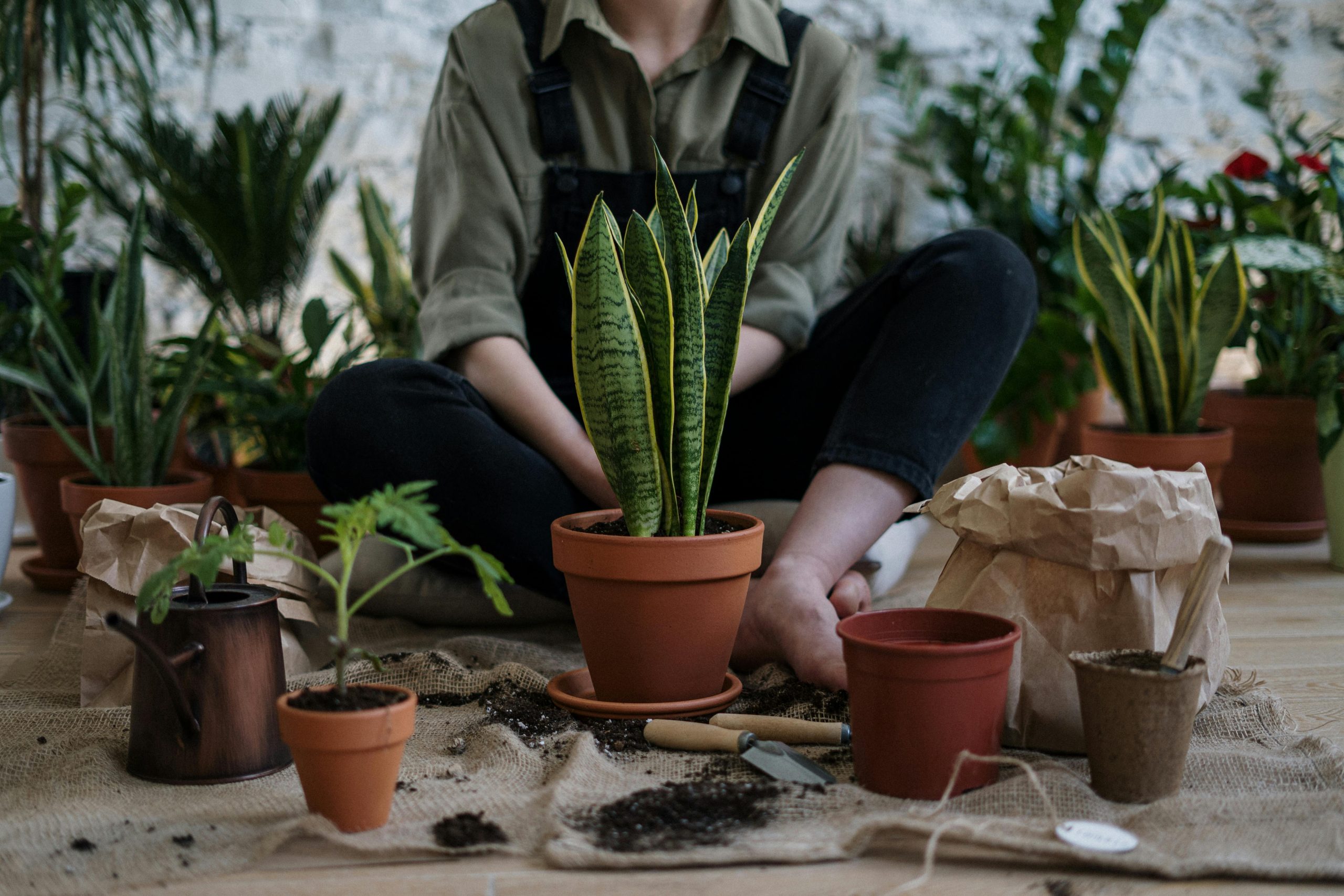Choosing the right soil for your indoor plants is one of the most critical decisions you’ll make as a plant parent. The right soil ensures proper drainage, aeration, and nutrient availability, all of which contribute to healthy root development and lush foliage. With so many options available, it can be overwhelming to pick the perfect mix. This guide will walk you through everything you need to know to select the ideal soil for your indoor plants and help them thrive.
Understanding the Basics of Indoor Plant Soil
Not all soils are created equal, and what works for outdoor gardens may not be suitable for indoor plants. Indoor plants rely entirely on the soil you provide, making it essential to choose a mix tailored to their specific needs. Here are the key characteristics of good indoor plant soil:
- Drainage: Excess water should drain quickly to prevent root rot.
- Aeration: Roots need oxygen, so the soil should be loose and airy.
- Nutrient Retention: The soil should hold enough nutrients to sustain plant growth.
- pH Balance: Most indoor plants prefer slightly acidic to neutral pH (6.0-7.0).
Standard garden soil is too dense for indoor plants and can lead to compaction, poor drainage, and fungal growth. Instead, opt for potting mixes specifically formulated for indoor use.
Types of Soil Mixes for Indoor Plants
Different plants have different soil requirements. Here’s a breakdown of the most common types of soil mixes and the plants they suit best:
All-Purpose Potting Mix
This is a versatile option for most houseplants, including pothos, philodendrons, and spider plants. It typically contains peat moss, perlite, and vermiculite, providing a balanced mix of moisture retention and drainage.
Cactus and Succulent Mix
Designed for plants that thrive in dry conditions, this mix includes sand, perlite, and gravel to ensure fast drainage. It’s perfect for cacti, succulents, and snake plants.
Orchid Mix
Orchids need excellent aeration, so their mix often contains bark, charcoal, and perlite. This prevents waterlogging and mimics their natural epiphytic growing conditions.
African Violet Mix
These plants prefer slightly acidic soil with good moisture retention. A specialized African violet mix usually includes peat moss, perlite, and compost.
Key Ingredients to Look for in Soil Mixes
Understanding the components of potting soil can help you make an informed choice. Here are some common ingredients and their benefits:
- Peat Moss: Retains moisture and provides a light texture.
- Perlite: Improves drainage and aeration.
- Vermiculite: Holds water and nutrients, ideal for moisture-loving plants.
- Coconut Coir: A sustainable alternative to peat moss with similar benefits.
- Bark or Wood Chips: Enhances aeration, great for orchids and epiphytes.
- Compost or Worm Castings: Adds organic nutrients to the soil.
Avoid soils with heavy clay or garden soil, as they can suffocate roots and lead to water retention issues.
How to Test and Improve Your Soil
Even the best potting mix may need adjustments based on your plant’s needs. Here’s how to test and enhance your soil:
Testing Drainage
Water your plant and observe how quickly the water drains. If it pools on the surface or takes too long to drain, add perlite or sand to improve drainage.
Checking pH Levels
Use a pH testing kit to ensure the soil is within the optimal range for your plant. If it’s too acidic, add lime; if too alkaline, mix in sulfur or peat moss.
Refreshing Nutrients
Over time, soil loses nutrients. Refresh it by mixing in compost or a slow-release fertilizer every few months.
Common Soil Mistakes to Avoid
Even experienced plant owners can make mistakes when it comes to soil. Here are some pitfalls to watch out for:
- Using Garden Soil Indoors: It’s too dense and can introduce pests.
- Overwatering Without Proper Drainage: Leads to root rot.
- Ignoring Plant-Specific Needs: Not all plants thrive in the same soil.
- Reusing Old Soil Without Refreshing: Depleted soil won’t support healthy growth.
By avoiding these mistakes, you’ll give your plants the best chance to flourish.
Conclusion
Choosing the right soil for your indoor plants doesn’t have to be complicated. By understanding the basics of soil composition, selecting the right mix for your plant type, and regularly testing and refreshing the soil, you can create an optimal environment for your greenery to thrive. Remember, healthy soil equals healthy plants—so take the time to get it right, and your indoor garden will reward you with lush, vibrant growth.
